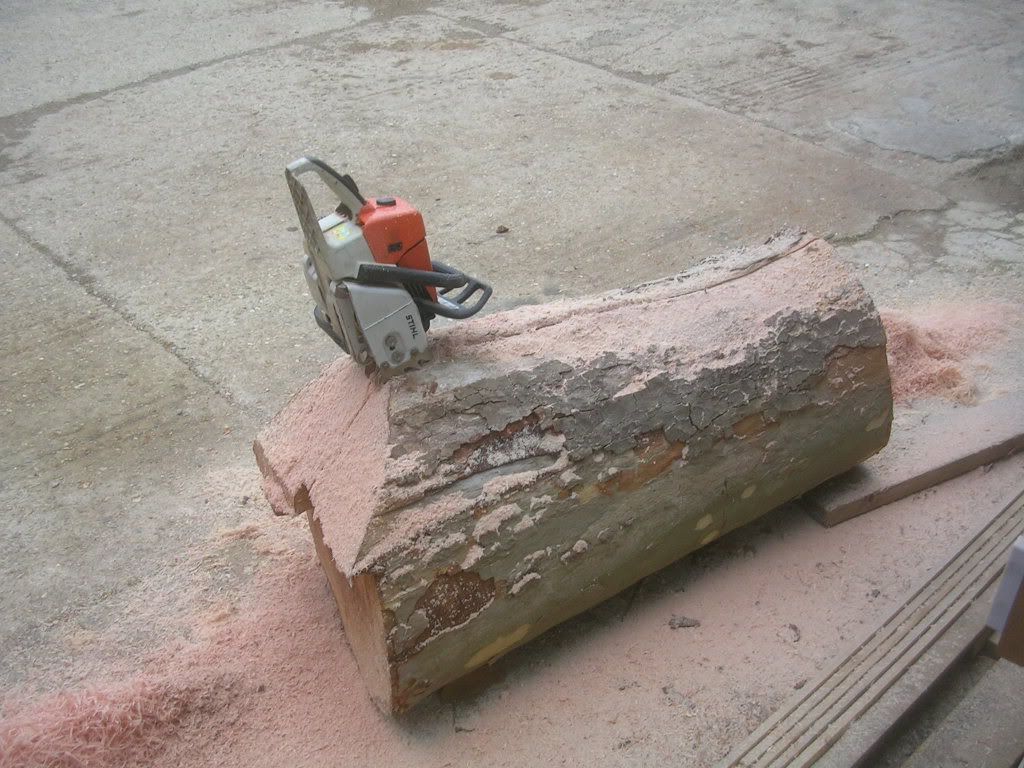Jamesc
Established Member
A bit of an odd one this. Yes I have spelt it right. I'm after a small piece of this wood as my research shows that it is the traditional wood used for repousse hammer handles.
I've trawled all the usual (on-line) sources that I can think of. Does anayone have any suggestions. Perhaps someone has an odd branch cut from the garden they may be prepared to part with. I've found a few references to it on exotic gardening sites though I've never seen anything like the plant myself.
James
I've trawled all the usual (on-line) sources that I can think of. Does anayone have any suggestions. Perhaps someone has an odd branch cut from the garden they may be prepared to part with. I've found a few references to it on exotic gardening sites though I've never seen anything like the plant myself.
James

































